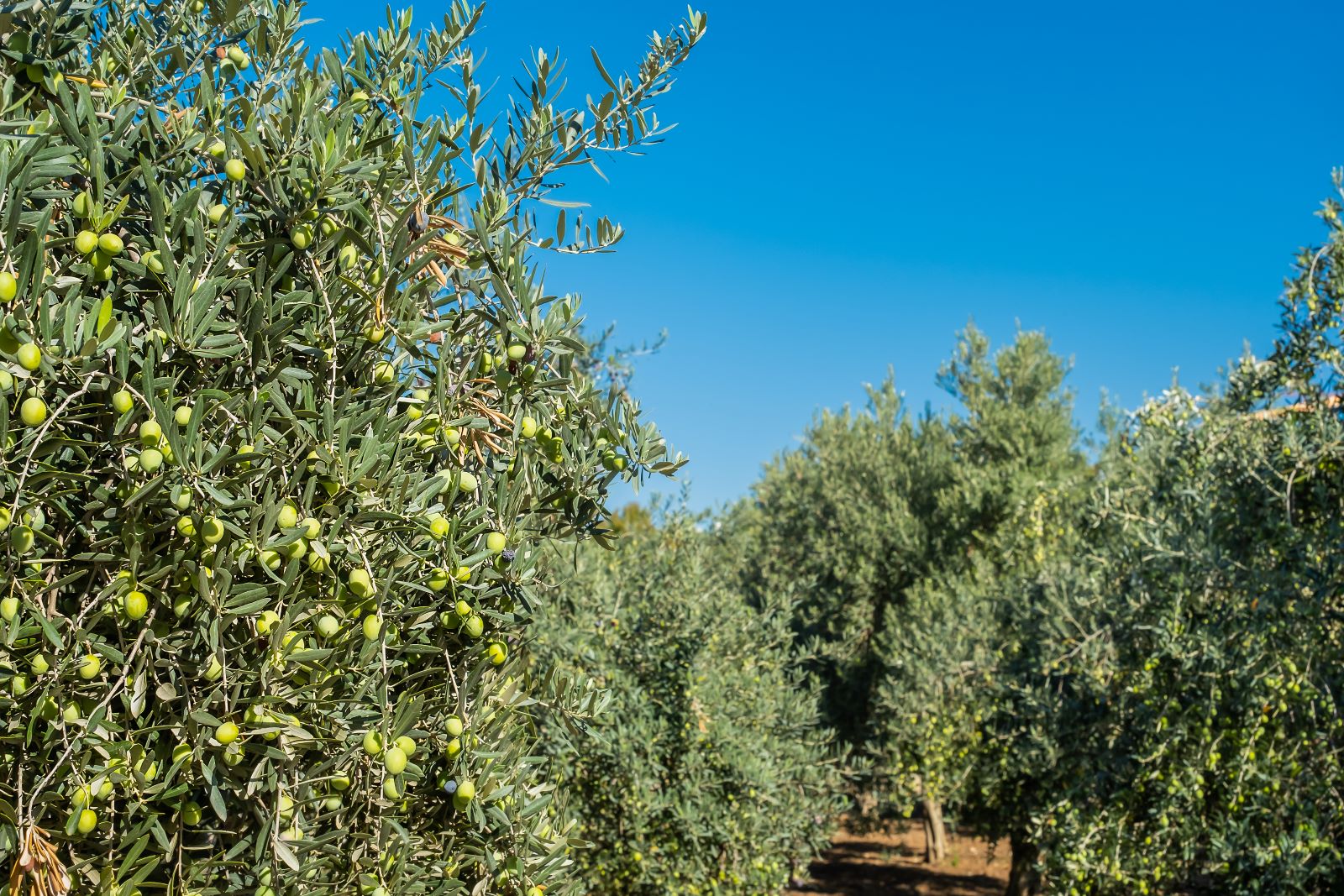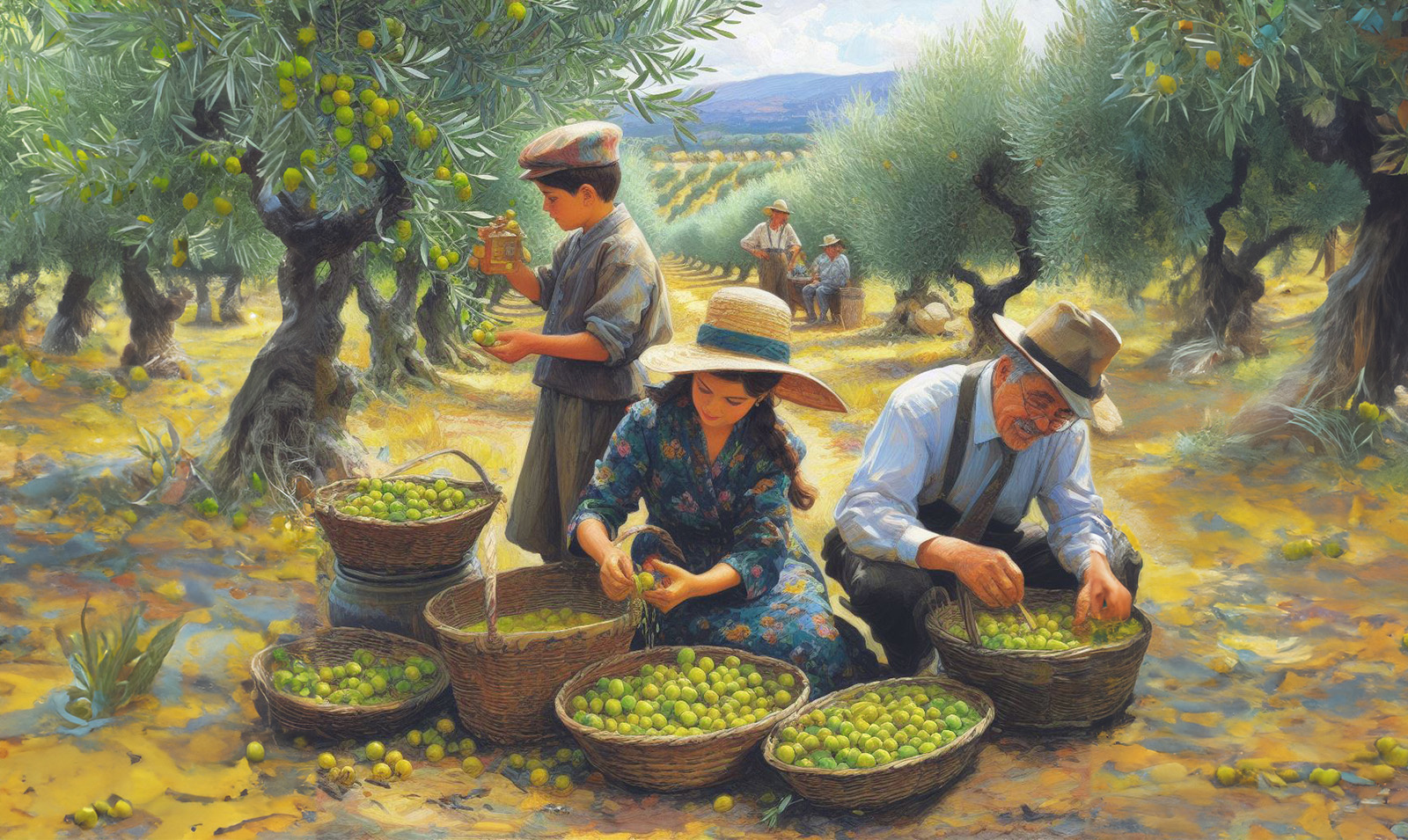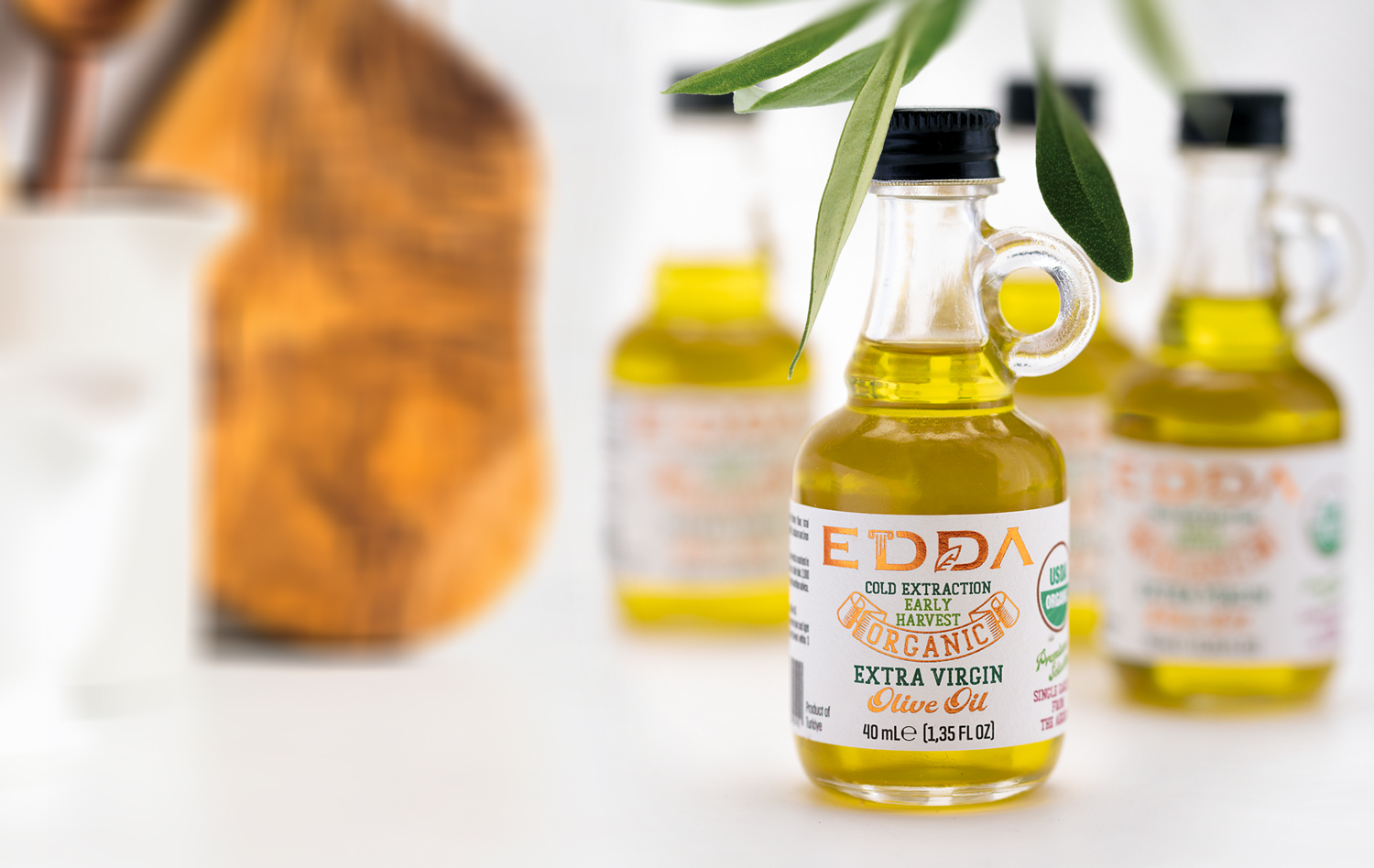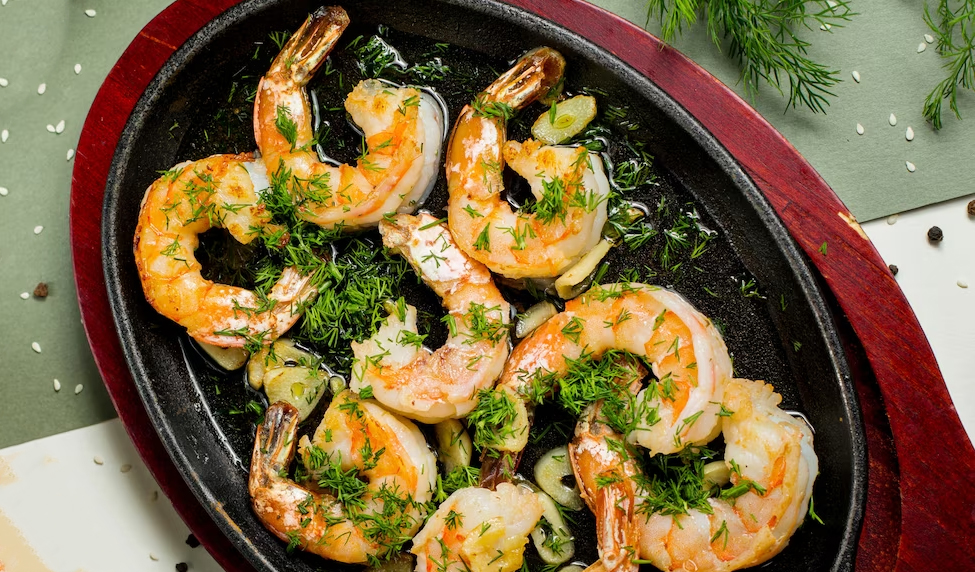
How should the harvest and its aftermath be for a quality olive oil?
Harvest time and post-harvest processes significantly impact the quality of olive oil, especially in terms of antioxidants and polyphenols. Here’s a general guide to achieving high-quality olive oil rich in these beneficial compounds:
Harvest Time:
Optimal harvest time varies based on the cultivar, climate, and region but generally falls between late October and early December.
For antioxidant-rich oil, harvest when the olives are in the veraison stage (when they begin to change color). At this point, they have the highest concentration of phenolic compounds.
Aim to harvest in the early morning when temperatures are cooler to preserve the oil’s quality.
Harvesting Techniques:
Hand-picking is preferable to mechanical harvesting as it minimizes damage to the olives, preserving their quality.
Handle olives carefully to prevent bruising or damage that can affect the oil’s quality and antioxidant content.
Post-Harvest Processing:
Cleaning: Remove leaves, twigs, and debris from the harvested olives.
Crushing/Milling: Crush the olives within hours of harvesting to avoid oxidation. Stone mills or hammer mills are commonly used to extract the oil.
Malaxation: This step involves gently mixing the crushed olives to encourage the oil droplets to coalesce. Maintain a controlled temperature during this phase to preserve antioxidants.
Extraction: Use a centrifuge or press to separate the oil from the olive paste. Cold pressing or centrifugal extraction at low temperatures helps retain antioxidants and polyphenols.
Storage: Store the extracted oil in stainless steel containers or dark glass bottles to protect it from light, air, and heat, which can degrade antioxidants.
Quality Control:
Regularly test the oil for its chemical composition, including polyphenol levels, acidity, and peroxide values. High-quality oil typically has low acidity and high polyphenol content.
Ensure proper storage conditions to maintain the oil’s quality.
Certification:
Consider seeking certifications like Extra Virgin Olive Oil (EVOO) to guarantee quality and authenticity.
Remember, the quality of olive oil depends not only on the harvest and processing methods but also on factors such as the olive variety, soil, climate, and storage conditions. Adhering to best practices throughout the production chain helps preserve the antioxidant-rich qualities of the oil, resulting in a high-quality product.





